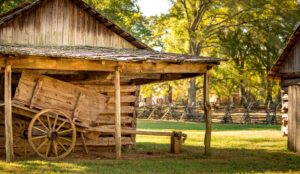Stay put while you start fresh
A bankruptcy can be stressful enough without worrying about uprooting your family. When you file for a Chapter 7 bankruptcy, the majority of your assets—including your house—may be sold by the bankruptcy trustee in order to pay your creditors. However, there are a few circumstances in which you may be able to remain in your home while you get back on your feet.
Your home has no equity
A home with no equity means the amount left on the mortgage is greater than the value of the home. If your home has no equity, you are current on your mortgage payments and you can continue to make scheduled payments on your mortgage, the bankruptcy trustee will not attempt to liquidate your home as part of the bankruptcy estate.
The homestead exemption
When you file for bankruptcy in Texas, you may exempt the full value of your home if it:
- Is your primary residence
- Meets certain acreage limitations
For Chapter 7 bankruptcy, this means that because your home is considered exempt, it does not become part of the bankruptcy estate and therefore cannot be used to pay your creditors.
Filing for Chapter 13 instead of Chapter 7
People who have seriously fallen behind on their mortgage will not be able to keep their home under Chapter 7 since it requires that regular mortgage payments continue to be made. If you have struggled with paying your mortgage, Chapter 13 may be your better option. Chapter 13 allows you to “catch up” on your delinquent mortgage payments through an agreed-upon repayment plan. It also triggers an automatic stay which prevents foreclosure as long as you continue to follow the repayment plan.
Before filing for any bankruptcy, always consult a knowledgeable San Antonio bankruptcy attorney.

